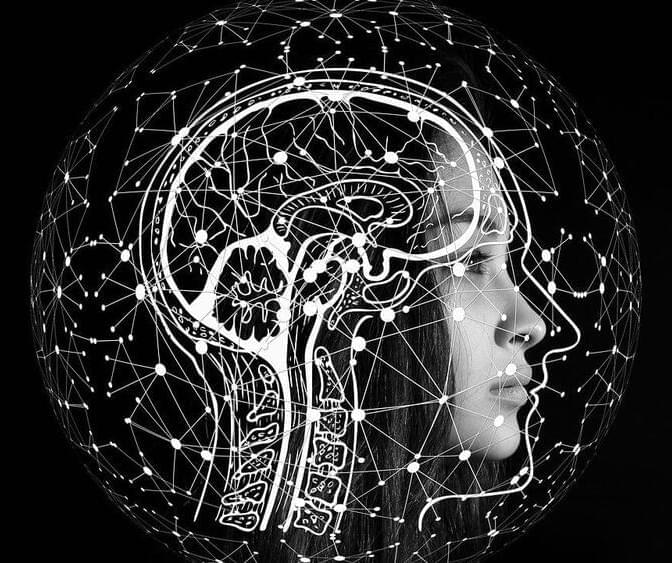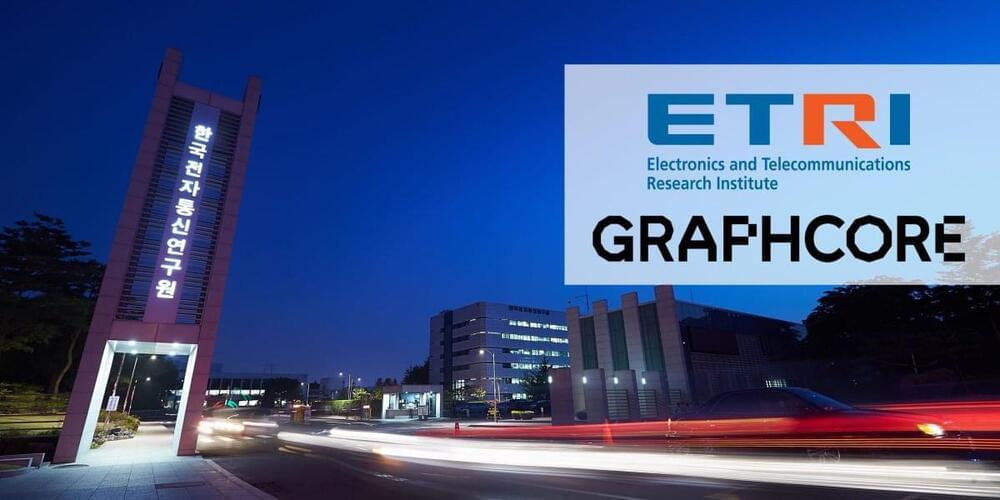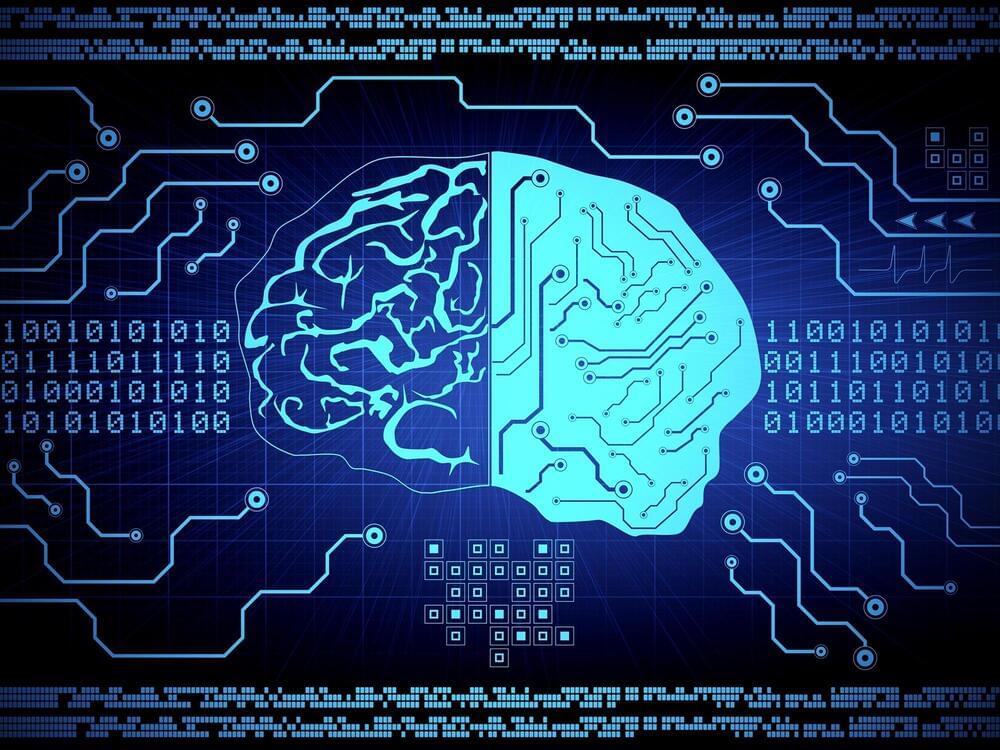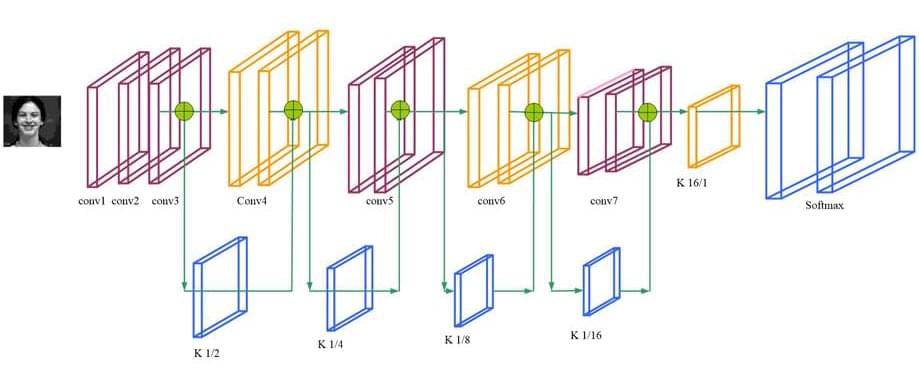Meta’s AI translation work could provide a killer app for AR.
Social media conglomerate Meta has created a single AI model capable of translating across 200 different languages, including many not supported by current commercial tools. The company is open-sourcing the project in the hopes that others will build on its work.
The AI model is part of an ambitious R&D project by Meta to create a so-called “universal speech translator,” which the company sees as important for growth across its many platforms — from Facebook and Instagram, to developing domains like VR and AR. Machine translation not only allows Meta to better understand its users (and so improve the advertising systems that generate 97 percent of its revenue) but could also be the foundation of a killer app for future projects like its augmented reality glasses.









